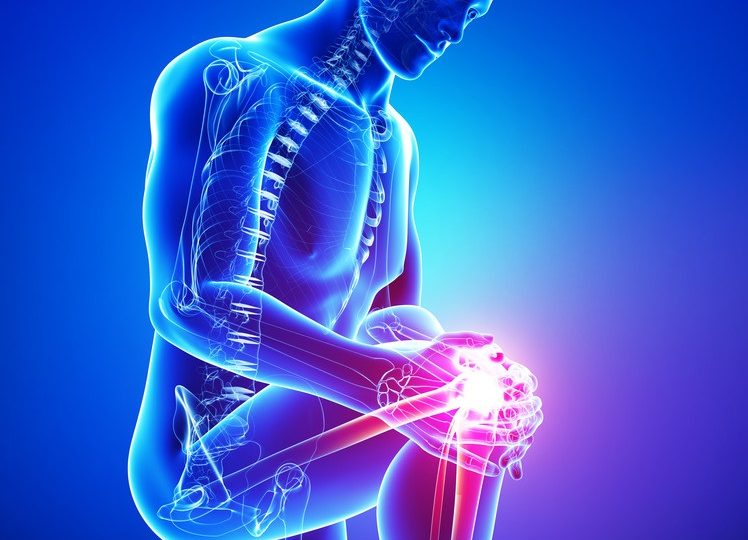In the field of Orthopedics, there are still important requirements that should be met, both in the repair and regeneration of bone defects and bone and joint replacement. Remarkable advances in the medical field have been made in the last 50 years. There are various challenges faced by the medical field and different approaches are used to fulfill these challenges. Orthopaedic implants are used to replace the missing joint or bone to support injury bone.
Bone and joint inflammatory and degenerative issues affect many people globally. In fact, in developed nations, they account for half of all chronic diseases in people above 50 years. Also, it is anticipated that the percentage of individuals over 50 years of age affected by bone diseases. Mostly, these diseases need surgery such as total joint replacement in the case of a deterioration of the natural joint. Besides, numerous bone fractures, low back pain, osteoporosis, scoliosis, and other musculoskeletal problems need to be solved by using permanent, temporary, or biodegradable devices. So, orthopedic implants are used in the human body. These implants contain components that are designed to do some biological functions by replacing or repairing different tissues like bone ligaments, cartilage, and tendons, and even by guiding bone repair if required.
In the twentieth century, the availability of the materials for manufacturing implants was the same as for the other industrial applications. Indeed, the manufacturers designed their implants using the available materials and they had a successful record of industrial use such as in chemical, energy, mechanical, and aerospace. Since our bodies are created in a highly corrosive environment, very strict specifications are imposed on the applicant candidate materials’ properties. Mechanical qualities also play an important role in the selection of materials for the manufacturing of implants.
In the last 6 decades, when biomaterials for orthopedic applications have been developed, they have moved from materials available for different commercial applications into the development of materials with capabilities to interact with the biological environment and to generate specific biological responses. Most of the problems that orthopedic surgery has to experience have not changed and are practically the same that orthopedics had to experience 5 decades ago; however, the choice of possible alternatives have been significantly expanded because new materials allow the design of innovative devices. The tissues or body parts could not be regenerated with the materials of the earlier time. One of the breakthroughs is to alter and control surface properties at the micro/nano level because it reveals a whole new range of strategies seeking the desired interactions with the biological environment. One can easily find an orthopedic implants and instruments suppliers in South Africa.
In certain circumstances, the regeneration of musculoskeletal tissue can be considered, either after an accident or after an early diagnosis of some pathology or an operation where part of the tissue has been lost or resection has been made. In such cases, the aim of regenerative medicine will be either to implant a suitable biomaterial that can stimulate stem cells present in their niches or use cellular tissue engineering strategies, where a construct developed inside a bioreactor, consisting of a scaffold, individual’s cells and initial ECM developed by them, is implanted in the individual’s body that recognizes it as its tissue.













